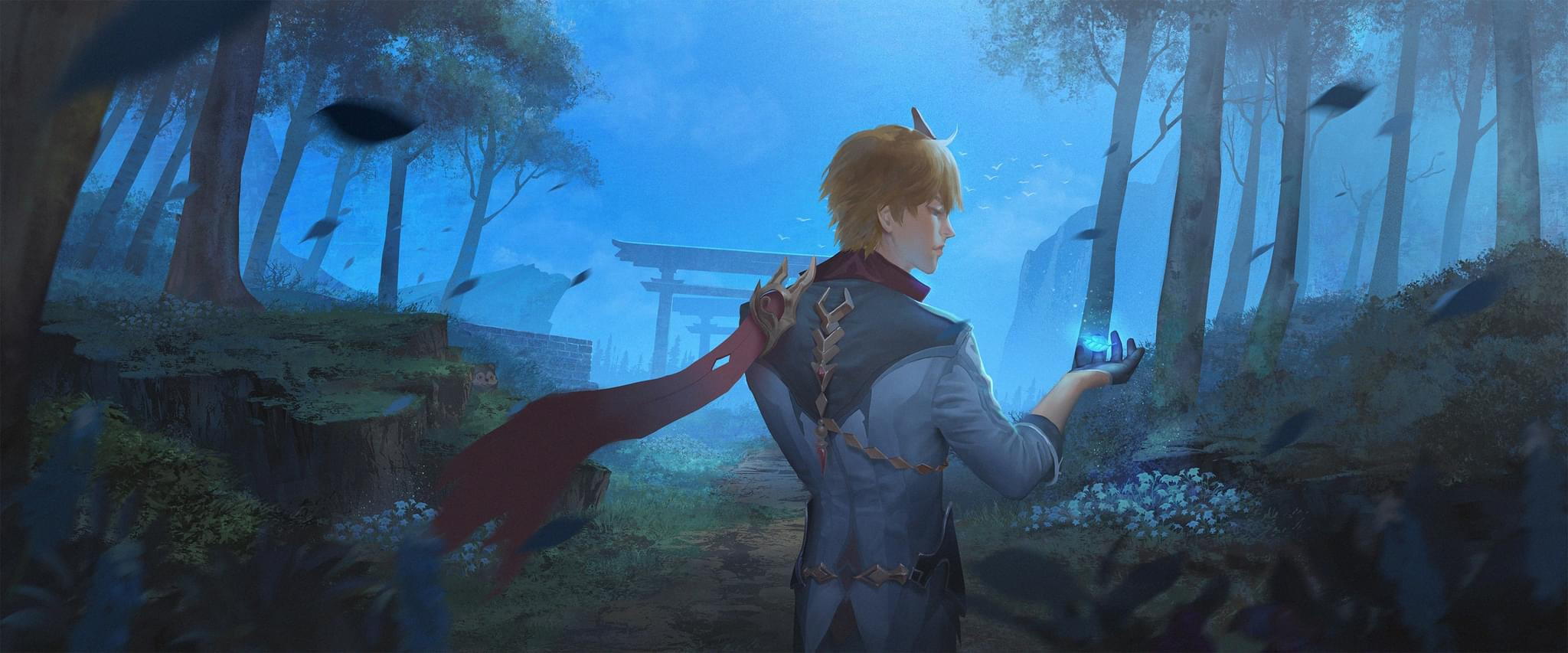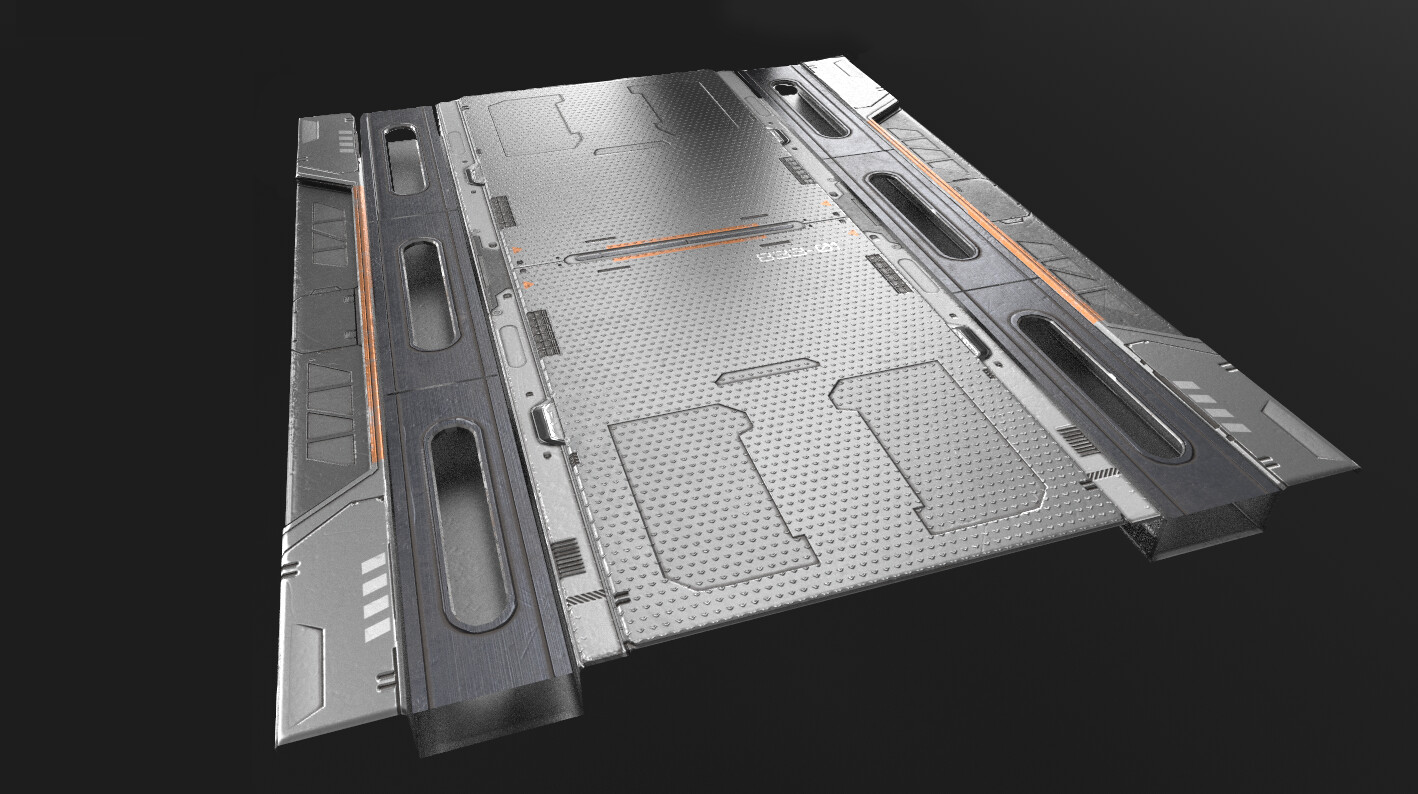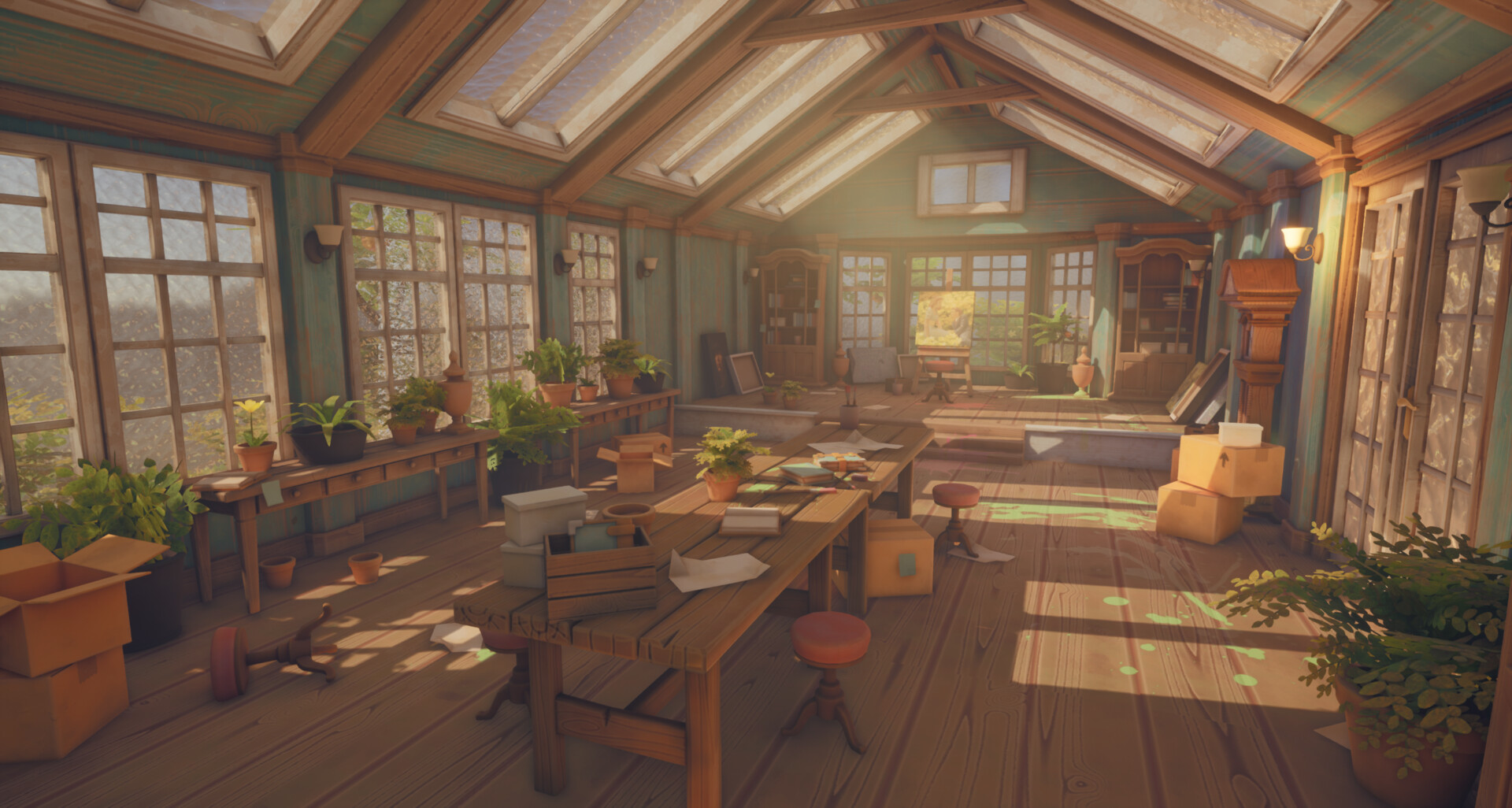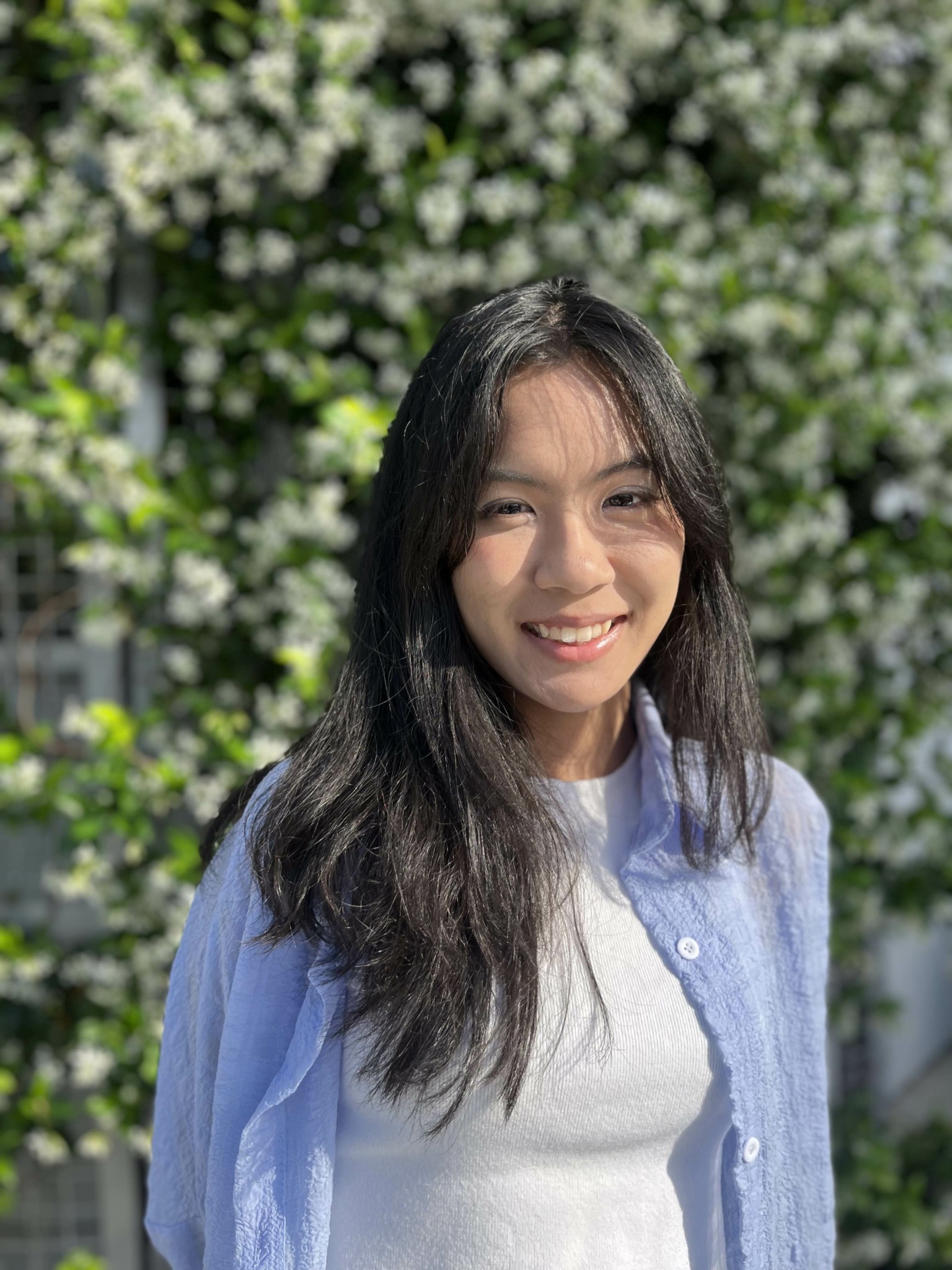We recently connected with Chanapa Kerdlapee and have shared our conversation below.
Hi Chanapa, thanks for joining us today. Innovation comes in all shapes, sizes and across all industries, so we’d love to hear about something you’ve done that you feel was particularly innovative.
One of the most innovative projects I’ve worked on was Nalu, a VR experience created in collaboration with the Steward Center for Palliative Care. While the techniques we used weren’t groundbreaking on their own, the real innovation lay in applying them to the unique field of palliative care and addressing the emotional and psychological needs of patients. Knowing that our work brought joy and comfort to patients during critical moments was incredibly humbling and reminded me how technology can genuinely improve lives.
Another standout project was during my time working with MGM on a Metaverse prototype. It was an ambitious initiative to connect entertainment with the next generation and introduce gaming through VR. Our team developed three deliverables, including a virtual concert. Using a Perception Neuron suit, we captured an artist’s real-time motion data during a live performance and transmitted it to their virtual avatar in the MGM Metaverse. We even added mini-games to enhance engagement, making the experience interactive and dynamic. If I were to redo this prototype now I would use AI motion capture instead of a suit for ease of use.
I love working on innovative ideas and exploring new technologies. Whether it’s pushing boundaries in healthcare or entertainment, I find so much joy in creating experiences that merge creativity and cutting-edge solutions to make a meaningful impact.

Chanapa, love having you share your insights with us. Before we ask you more questions, maybe you can take a moment to introduce yourself to our readers who might have missed our earlier conversations?
My name is Chanapa Kerdlapee, but I usually go by Gift. I’m an Immersive Media and 3D Generalist with a passion for creativity and storytelling. My journey in art began with digital painting, where I dedicated countless hours to studying and analyzing artworks to develop my own artistic workflow and creative understanding. This passion eventually led me to architectural design, where I deepened my knowledge by attending an architecture cram school in Thailand. There, I gained a solid understanding of diverse architectural styles, enriching my ability to create visually compelling environments and 3D models—a skill set I’ve carried into my professional work.
Working at Activision Blizzard’s Toys for Bob studio was a particularly fun and formative experience, giving me direct exposure to AAA game development. While contributing to titles like Call of Duty: Modern Warfare III and Crash Team Rumble, I honed my skills in creating stylized and realistic environments, textures, and 3D assets. My mentor, Winston Chen, played an instrumental role in my growth as an artist, teaching me invaluable lessons and advanced 3D modeling techniques that continue to influence my work today.
Currently, I’m part of the team at Augmend Health, where we’re developing an immersive application to transform the American healthcare system. Our platform leverages large language models (LLMs) to drive virtual avatars and deliver personalized patient experiences. My role involves creating immersive environments, animating avatars, and continuously exploring innovative tools to optimize and enhance the user experience.
Outside of my professional work, I enjoy doing digital illustration as a hobby. I used to create digital art both for fun and for clients, with a particular focus on character illustrations. While I mostly enjoy drawing characters, I also occasionally create environments, though I admit I find characters a bit more exciting to work on. This hobby not only keeps me creatively inspired but also enhances my artistic skills and allows me to experiment with styles and ideas that sometimes influence my professional projects.
I’m grateful for the opportunities I’ve had to work with people from diverse disciplines and backgrounds. I still remember collaborating closely with a tech artist in Japan during my time at Activision, and now I have the privilege of working alongside talented engineers and researchers at Augmend. These experiences, along with my personal creative pursuits, have enriched my perspective and strengthened my commitment to pushing creative boundaries and building exceptional projects with others.

For you, what’s the most rewarding aspect of being a creative?
For me, the most rewarding aspect of being an artist and creative is the opportunity to connect with people on a deeper level through my work. From crafting a virtual environment that immerses a player in a game to designing a healthcare application that genuinely helps patients, I find joy in creating experiences that leave an impact.
I also love the problem-solving aspect of being a creative. Every project presents unique challenges, and finding innovative solutions—whether it’s optimizing VR experiences for performance or bridging the gap between artistic vision and technical implementation—is incredibly fulfilling. Collaborating with people from diverse disciplines and backgrounds is another highlight. These interactions not only make the work more dynamic but also broaden my perspective and push me to grow as both an artist and a professional.
Ultimately, the most rewarding moments come when I see how my work resonates with others—whether it’s patients enjoying the Nalu VR experience or players engaging with the vibrant worlds I helped bring to life in games like Crash Team Rumble. It’s these connections and the joy they bring that make being a creative so meaningful to me.

Is there something you think non-creatives will struggle to understand about your journey as a creative?
One thing I think non-creatives might not fully understand is how much emotional and intellectual effort goes into being a creative. It’s not just about making something look good—it’s about solving problems, telling stories, and creating experiences that connect with people. When I was working on Nalu, a VR experience for palliative care patients, it wasn’t just about crafting a visually appealing environment—it was about creating a space that brought comfort and joy to people during some of the most challenging moments of their lives. What people might not see are the countless hours of trial and error, moments of self-doubt, and pushing through creative blocks to make something like that a reality. The end product might seem effortless, but behind it is always a journey filled with challenges and growth.
Another thing is that creativity isn’t a solo act as much as people might think. Collaboration plays such a huge role in what I do, and I’ve been lucky to work with incredibly talented people from all sorts of disciplines. From working closely with a tech artist in Japan during my time at Activision to collaborating with engineers and researchers to create immersive healthcare applications. Without these collaborative efforts, there will not be hits like Call of Duty or Crash Bandicoot.
Lastly, I think people don’t always realize how vulnerable being a creative can be. When you make something, you’re putting a piece of yourself out there for others to see, interpret, and critique. I’ve experienced this not just in my professional work but also in my personal digital illustrations, especially when I worked on commissions for clients. Every project reflects the skills, dedication, and growth I’ve poured into it, and when it resonates with someone—whether it’s a player, a patient, or a client—that’s what makes all the effort worthwhile. It’s those moments of connection that remind me why I love being a creative.
Contact Info:
- Website: https://giftkerdlapee.artstation.com/albums/10560694
- Instagram: https://www.instagram.com/raedasama_art/
- Linkedin: https://www.linkedin.com/in/chanapakerd/
- Youtube: https://www.youtube.com/@raedasama





